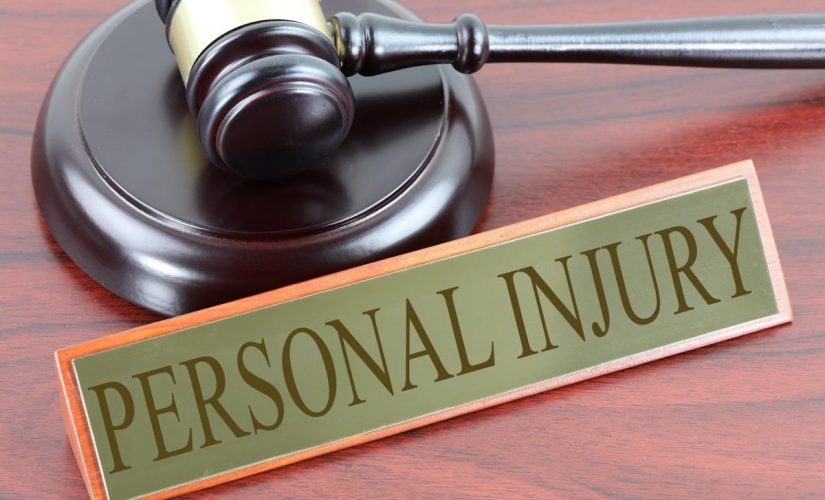Understanding the Scenario: Leased Car Totaled Not At Fault
Imagine this: you’re driving your leased car, obeying all traffic rules, when suddenly another vehicle collides with yours. The damage is severe, and your leased car is declared a total loss. You’re not at fault, but what happens next? This article aims to shed light on this complex situation and provide valuable insights for those who find themselves in this unfortunate circumstance.
What Does It Mean When a Leased Car Is Totaled?
When an insurance company declares a car as ‘totaled,’ it means the cost to repair the vehicle exceeds its current market value. In the case of a leased car, the leasing company still owns the vehicle. Therefore, any insurance payout goes directly to them, not the driver.
What Happens If You’re Not At Fault?
If you’re not at fault in the accident, the at-fault driver’s insurance company is typically responsible for covering the costs. However, the payout may not always cover the remaining balance on your lease. This is where gap insurance comes into play.
The Role of Gap Insurance
Gap insurance covers the difference between the market value of the car and the remaining balance on the lease. It’s a crucial safety net for those leasing a car, as it prevents you from having to pay out-of-pocket for a vehicle you no longer have.
Case Study: Leased Car Totaled Not At Fault
Consider the case of Jane, who was driving her leased car when another driver ran a red light and hit her. Jane’s car was declared a total loss. The at-fault driver’s insurance company paid the current market value of the car, but it didn’t cover the remaining balance on Jane’s lease. Fortunately, Jane had gap insurance, which covered the remaining balance, saving her from a significant financial burden.
Key Takeaways
- If your leased car is totaled and you’re not at fault, the at-fault driver’s insurance company should cover the costs.
- However, their payout may not cover the remaining balance on your lease.
- Gap insurance can cover the difference, preventing you from having to pay out-of-pocket for a car you no longer have.
Conclusion
Having a leased car totaled when you’re not at fault can be a complex and stressful situation. However, understanding the role of insurance companies and the importance of gap insurance can help alleviate some of this stress. Always ensure you’re adequately covered to protect yourself from potential financial burdens.







